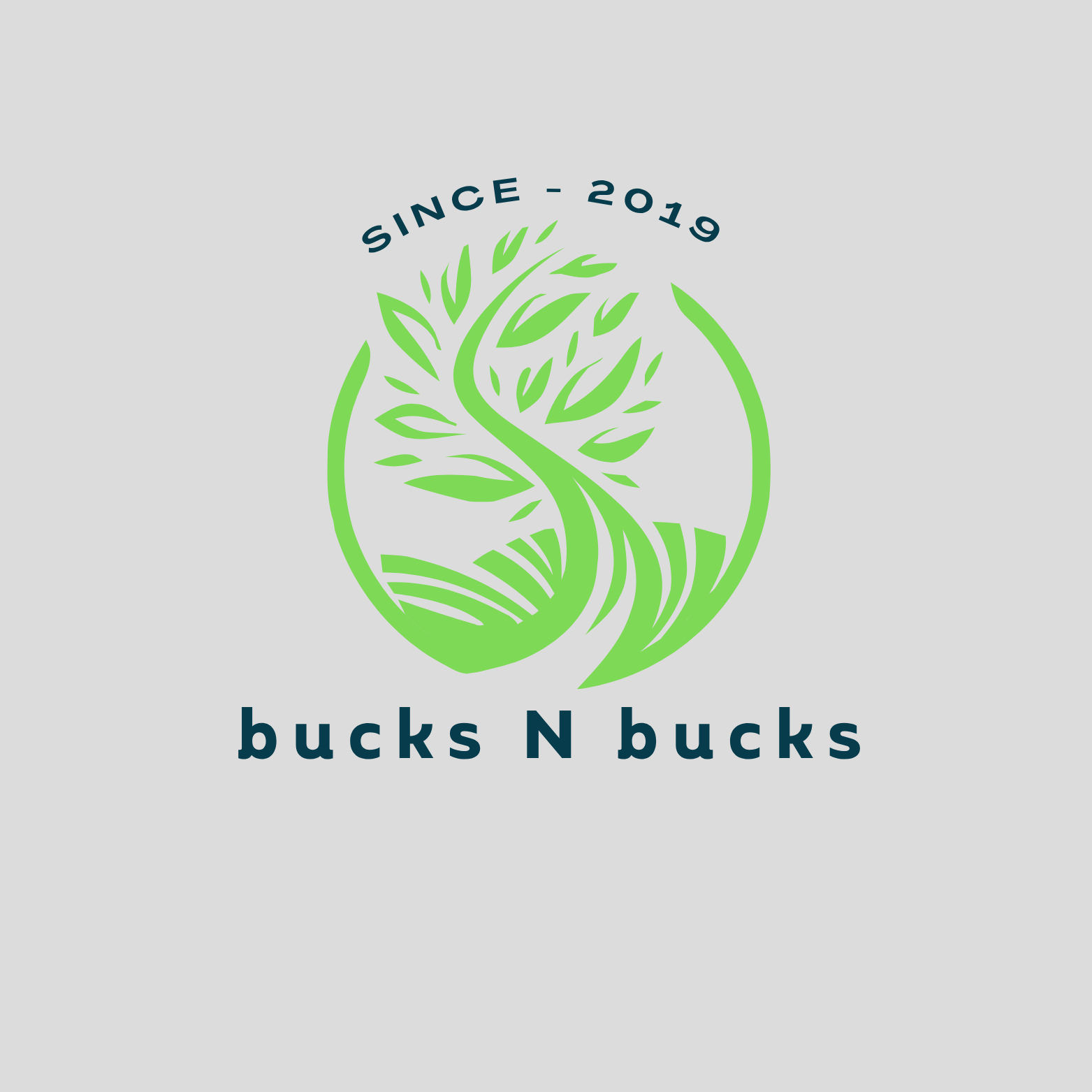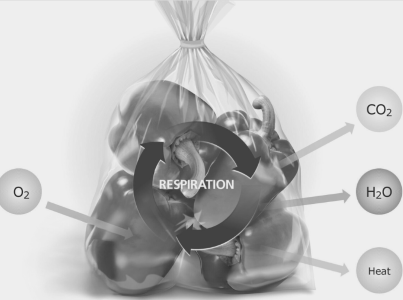Modified Atmosphere Packaging (MAP) is a preservation technique used primarily in the food industry to extend the shelf life of perishable products, such as fruits, vegetables, meats, and dairy. It works by altering the atmospheric composition inside the packaging to reduce spoilage rate. Typically, the air inside the package is replaced with a gas mixture that is low in oxygen (O₂) and higher in carbon dioxide (CO₂) and nitrogen (N₂), which helps slow down microbial growth, enzymatic activity, and oxidation processes.
How Modified Atmosphere Works
The MAP process involves adjusting the levels of oxygen, carbon dioxide, and nitrogen to create an optimal environment that inhibits spoilage while maintaining the product’s freshness, texture, and nutritional value. By reducing the oxygen level, MAP slows down the respiration of vegetables and fruit, which in turn delays ripening and senescence (the aging process in plants). The increased levels of carbon dioxide inhibit the growth of aerobic bacteria and molds, further extending the product’s shelf life. MAP can be applied in different ways, such as vacuum packing, gas flushing, or active packaging, where certain materials within the packaging actively absorb or emit gases to maintain the desired atmosphere.
Benefits of Modified Atmosphere Packaging for a Vegetable Farmer
1. Extended Shelf Life: MAP significantly extends the shelf life of fresh vegetables by slowing down the natural decay processes. This means that farmers can sell their produce over a more extended period without compromising on quality, reducing the pressure to move products quickly and decreasing food waste.
2. Reduced Waste and Loss: With an extended shelf life, the risk of produce spoiling before it reaches consumers is minimized. This reduction in spoilage translates directly into lower losses for farmers, enhancing profitability. Farmers can also reach distant markets without worrying about the produce deteriorating during transportation.
3. Maintained Freshness and Quality: MAP helps preserve the sensory qualities of vegetables, such as color, texture, and taste. This is especially important for consumers who are increasingly looking for fresh, high-quality produce. By using MAP, farmers can ensure that their products meet these demands, which can lead to higher customer satisfaction and loyalty.
4. Market Expansion: By keeping produce fresh for longer, farmers can expand their market reach. They can explore selling their vegetables in areas that are further away or even export them, as the extended shelf life provided by MAP allows for longer transportation times without the risk of spoilage.
5. Improved Branding and Value Addition: MAP can serve as a differentiator for farmers looking to add value to their products. By offering vegetables in packaging that ensures longer freshness, farmers can position their produce as premium quality, which can command higher prices in the market.
6. Compliance with Regulations: In some regions, there are strict regulations regarding the freshness and safety of food products. MAP helps farmers comply with these standards by maintaining the quality and safety of their vegetables over time.
7. Sustainability: Reducing food waste through longer shelf life contributes to sustainability efforts. For farmers focused on sustainable practices, using MAP aligns with reducing their environmental impact by ensuring that more of what they grow actually gets consumed.
Practical Considerations for Farmers
• Cost of Implementation: The initial cost of adopting MAP technology can be high, especially for small-scale farmers. It involves investment in specialized packaging materials and machinery. However, the long-term benefits, such as reduced waste and extended market reach, often outweigh the initial costs.
• Technical Knowledge: Farmers need to understand the specific gas mixtures and packaging techniques that work best for different types of vegetables. For instance, leafy greens may require different atmospheric conditions compared to root vegetables. Partnering with MAP experts or undergoing training can help farmers optimize the process.
• Packaging Materials: The choice of packaging material is critical in MAP. The materials must have the right permeability to gases and be compatible with the specific gas mixture used. Innovations in biodegradable or recyclable MAP materials can also help farmers meet sustainability goals.
• Consumer Perception: While MAP is beneficial, it’s essential for farmers to communicate the benefits of this technology to consumers. Some consumers may be wary of modified atmospheres due to misconceptions. Clear labeling and education about the safety and advantages of MAP can help alleviate concerns.
Conclusion
Modified Atmosphere Packaging is a powerful tool that can help vegetable farmers preserve the freshness, quality, and safety of their produce. By extending shelf life, reducing waste, and enabling market expansion, MAP can significantly enhance the profitability and sustainability of a vegetable farming operation. While there are costs and learning curves associated with adopting MAP, the long-term benefits make it a worthwhile investment for farmers looking to thrive in today’s competitive agricultural market.

